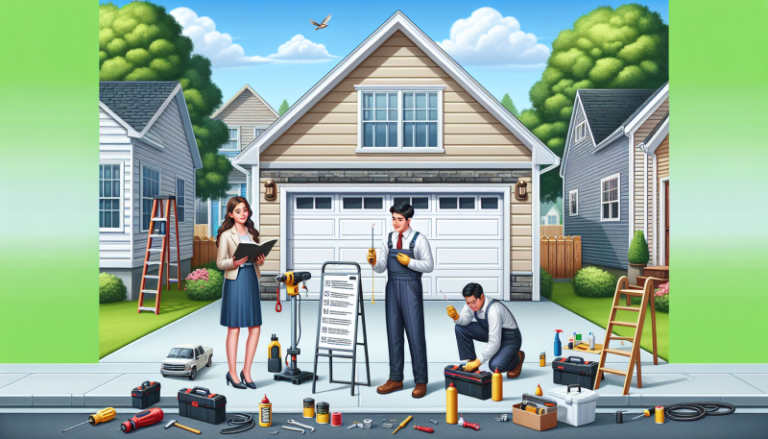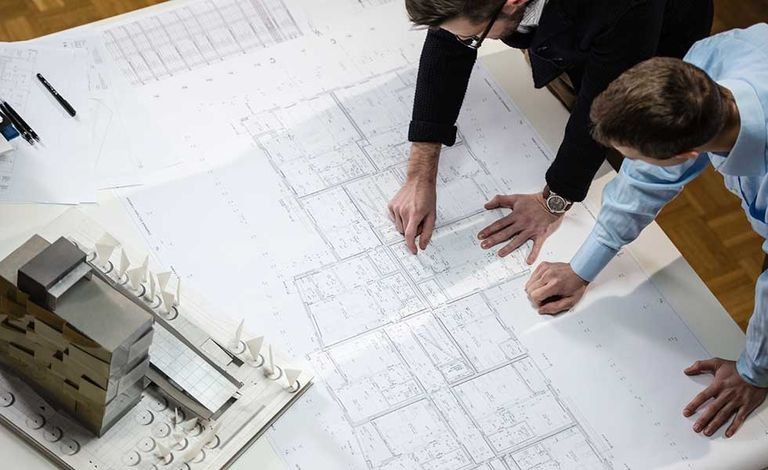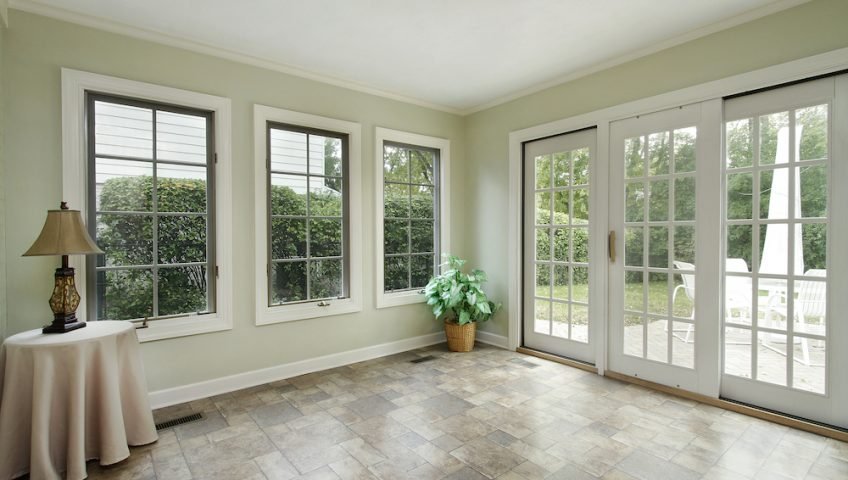Owning a home comes with the responsibility of regular maintenance. Keeping your home in good condition not only ensures a comfortable living space but can also help prevent costly repairs down the line. Whether you’re a new homeowner or have been living in your house for years, understanding the essential maintenance tasks is key to preserving your investment. In this article, we’ll cover the most important maintenance tips every homeowner should follow to keep their home safe, functional, and in top shape.
1. Inspect and Clean Your Roof Regularly
Your roof is your home’s first line of defense against the elements, so it’s important to maintain it regularly.
1.1 Check for Damage
Inspect your roof for signs of damage, such as missing or damaged shingles, leaks, or sagging. It’s a good idea to perform this check at least twice a year, preferably in the spring and fall.
1.2 Clean Gutters
Clogged gutters can lead to water damage, which can be costly to repair. Make sure to clean your gutters regularly, especially after heavy rainfall or fall, when leaves and debris can block the flow of water.
1.3 Trim Overhanging Trees
Trim branches that are too close to the roof. Overhanging trees can cause roof damage and increase the risk of falling limbs during storms.
2. Maintain Your HVAC System
Your heating, ventilation, and air conditioning (HVAC) system is essential for comfort year-round. Regular maintenance ensures your system runs efficiently and prevents costly breakdowns.
2.1 Change Air Filters
Dirty air filters can strain your HVAC system, leading to poor air quality and higher energy bills. Change the filters every 1-3 months to keep air flowing freely.
2.2 Schedule Professional Inspections
It’s recommended to have a professional HVAC technician inspect and service your system at least once a year. This helps identify issues early and ensures that your heating and cooling units are running at peak efficiency.
2.3 Check for Leaks
Inspect ducts for leaks, especially in areas that are hard to reach. Sealing any leaks will improve your system’s efficiency and reduce energy waste.
3. Test Smoke and Carbon Monoxide Detectors
Safety is paramount, and functioning smoke and carbon monoxide detectors are essential in keeping your family safe.
3.1 Test Monthly
Press the test button on your detectors once a month to make sure they’re working properly. If you hear a low battery warning, replace the batteries immediately.
3.2 Replace Detectors Every 10 Years
Replace smoke and carbon monoxide detectors every 10 years to ensure they continue to operate effectively.
4. Seal Gaps and Cracks Around Windows and Doors
Over time, weatherproofing materials around windows and doors can wear out, leading to drafts, higher energy bills, and a less comfortable living environment.
4.1 Inspect Weatherstripping
Check the weatherstripping around doors and windows for wear and tear. If it’s damaged or missing, replace it to maintain energy efficiency and indoor comfort.
4.2 Caulk Gaps
Look for any visible gaps around windows, doors, and baseboards. Caulking these gaps will help prevent air leaks and water intrusion, keeping your home more energy-efficient.
5. Maintain Plumbing System
Plumbing problems can escalate quickly if left unaddressed, so it’s important to regularly inspect and maintain your plumbing system.
5.1 Check for Leaks
Inspect pipes under sinks, in the basement, and around water heaters for any leaks. If you find any, repair them promptly to avoid water damage.
5.2 Clean Drains
Avoid clogs by cleaning drains regularly. Use a drain strainer to catch hair and debris, and clean out any build-up using a natural drain cleaner or a plumbing snake.
5.3 Inspect Water Heater
Your water heater should be flushed annually to remove sediment that can cause it to work less efficiently. Check the temperature setting on your water heater and ensure it’s at 120°F to prevent scalding and save on energy costs.
6. Inspect and Maintain Your Foundation
The foundation of your home is critical for structural stability. Regular inspections can help identify any issues before they become major problems.
6.1 Check for Cracks
Look for cracks in the foundation walls, both inside and outside your home. Small cracks are common and can often be sealed, but large or expanding cracks may indicate more serious issues that require professional assessment.
6.2 Ensure Proper Drainage
Ensure that the ground around your foundation slopes away from your home. Poor drainage can cause water to pool around the foundation, potentially leading to flooding or structural damage.
7. Maintain Landscaping and Outdoor Spaces
Proper landscaping maintenance not only enhances your home’s curb appeal but also helps to protect it from environmental factors.
7.1 Trim Trees and Shrubs
Trim overgrown trees and shrubs to prevent them from damaging your home’s exterior, windows, or roof. Regular trimming also helps improve air circulation and sunlight penetration.
7.2 Check Exterior Paint
Inspect the paint on the exterior of your home and touch up any chipped or peeling areas. Properly maintained paint protects against moisture damage and keeps your home looking fresh.
8. Regularly Clean and Maintain Appliances
Household appliances need routine cleaning and maintenance to ensure they continue working efficiently and last longer.
8.1 Clean Refrigerator Coils
Dirty refrigerator coils can reduce efficiency and increase energy costs. Clean the coils at least twice a year to ensure your fridge operates optimally.
8.2 Inspect Washing Machine Hoses
Check washing machine hoses for signs of wear or leaks. Replace them if necessary to prevent flooding or water damage.
8.3 Clean Dryer Vents
Clogged dryer vents can pose a fire hazard. Clean the lint trap after every load and ensure the vent hose is clear and free from debris.
9. Seasonal Maintenance Tasks
Certain maintenance tasks should be performed seasonally to prepare your home for changing weather conditions.
9.1 Winter
- Insulate pipes to prevent freezing.
- Clean your fireplace and chimney to ensure safe operation.
9.2 Spring
- Inspect your air conditioning system and clean filters.
- Clean and check window screens for damage.
9.3 Summer
- Check and maintain the lawn irrigation system.
- Reapply caulk or weatherstripping around doors and windows if necessary.
9.4 Fall
- Clean gutters and downspouts.
- Check roof for damage after storm season.
Conclusion
Homeownership requires ongoing attention and care to ensure your property remains in good condition and continues to be a safe and comfortable environment. By staying on top of routine maintenance tasks, you can protect your home from preventable damage and avoid costly repairs in the future. From regular roof inspections to maintaining plumbing and HVAC systems, following these essential maintenance tips will help you keep your home in top shape for years to come.










